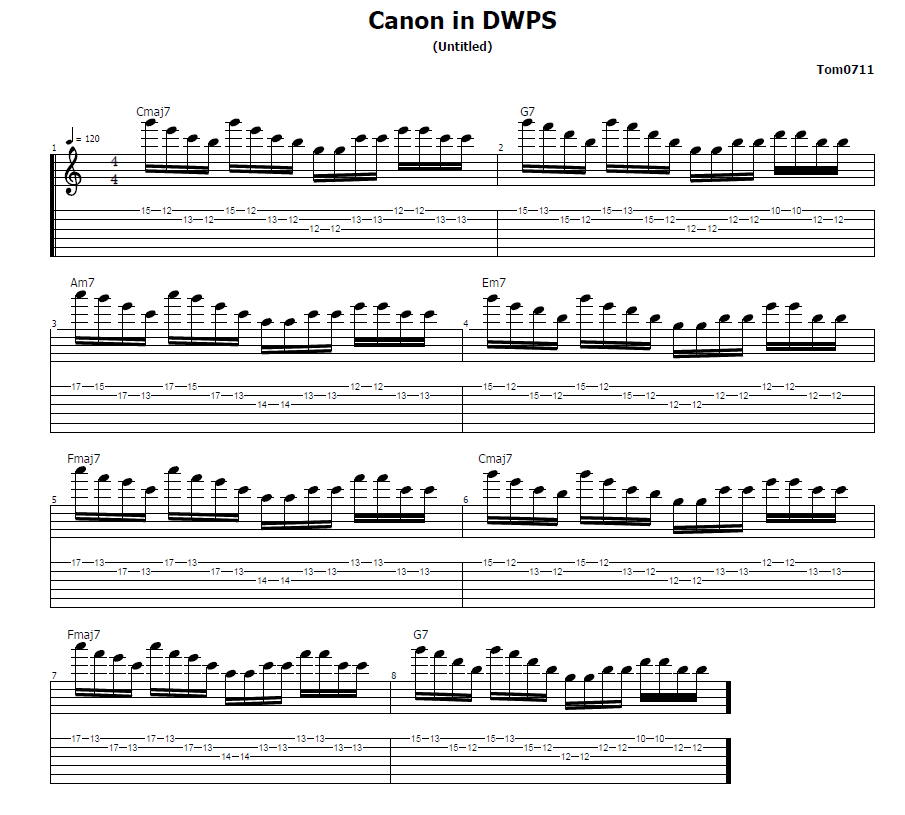Hey dudes,
as I already indicated in another thread I’m trying to learn DWPS at the moment. I’m a primary UWPS and the DWPS-parts in my 2WPS (or just my general playing) is giving me trouble, so I thought I’d try to establish that hand position and picking path.
It feels like S*** to be honest. It almost feels impossible for me to do downstrokes that do not escape. You’ll see that in the slower parts of the video, I always tend to do some wrist based crosspicking. For the faster playing (around 165 bpm) I tend to slip into a parallel movement with supinated position. The inside/upward string changes work quite well, the outside/downward string changes are always insecure and really make me anxious 
there are two takes in the video. one is the 1234 exercise at 165 bpm. The other one is rest strokes alternated with smaller movements at low tempo. I still tend towards a crosspicking movement I think. Or 10 to 3 o’Clock in Newspeak 
Should I try to keep practicing fast or torture myself through the slower thing to bake that movement in.
Tom
P.S.: sorry for that stupid watermark. Will never use that software again. Had to quickly find some editor for windows, as I did that during lunchbreak at work. Using Linuxsoftware at home normally. Any recommendations for REALLY free Windows editing software?


